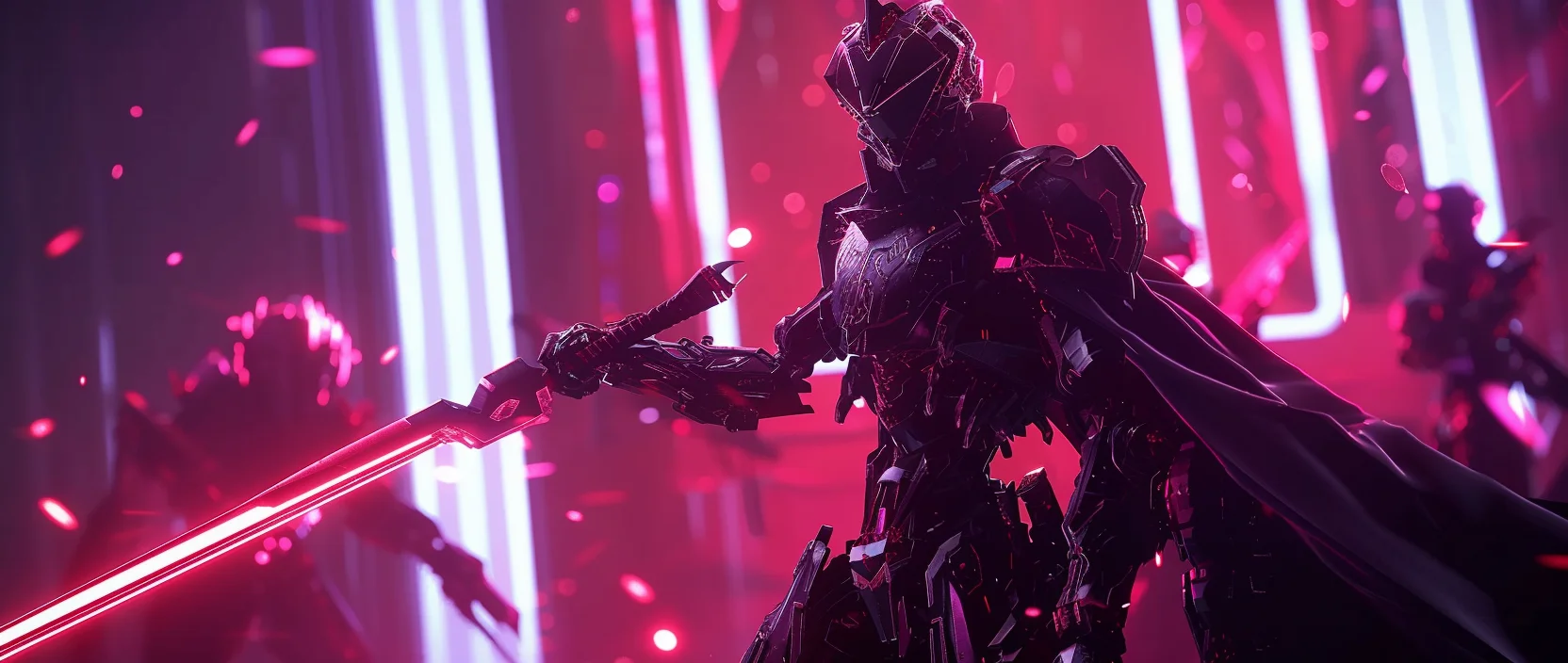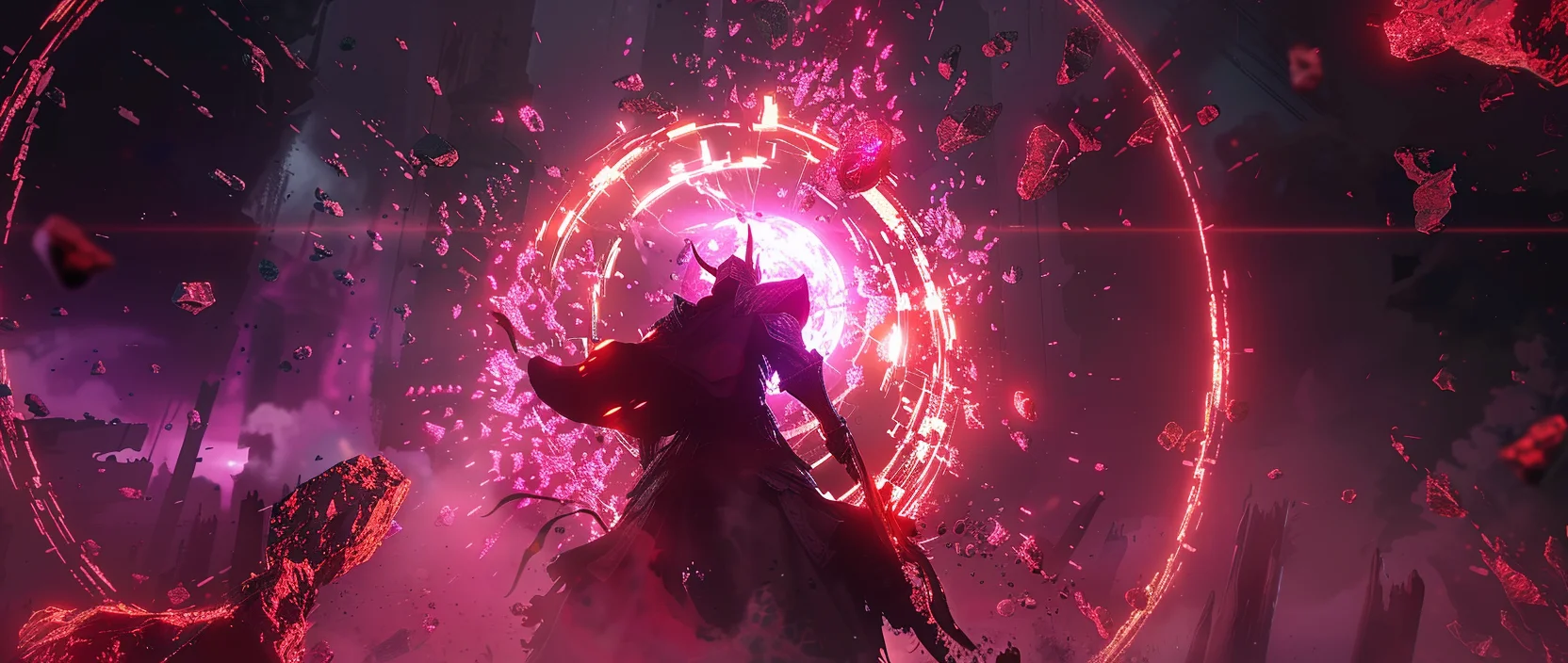Fusionist — is a blockchain game with elements of strategy, RPG, and MMO that combines classic tactical gameplay with a decentralized economy. The project integrates high-quality graphics, a well-thought-out NFT asset system, and the ACE token, offering players a unique mix of entertainment and financial opportunities. Developed by Fusion Interactive, the game has already attracted attention from both gamers and investors thanks to its Endurance ecosystem, which ensures ownership of digital assets and transparent transactions. In this article, we will explore the key features of Fusionist, its structure, economic model, technical solutions, and development prospects.
Contents
- General concept and the world of Fusionist
- Game modules and mechanics
- Economy and the ACE token
- Fusionist technological architecture
- Community and development prospects
- Conclusion

1. General concept and the world of Fusionist
Fusionist is a strategic multiplayer game based on blockchain technologies, where players manage mechs, colonies, and entire planets. The setting is built around the idea of space colonization: humanity is searching for new resources and opportunities, which leads to competition for control over territories and technologies. Unlike most Web3 projects, Fusionist emphasizes not only the economic component but also high-quality AAA-level gameplay.
The game combines three main directions: strategic development, tactical battles, and social interaction in an MMO format. Thanks to this approach, every player can choose their own style: some focus on construction and trade, others on battles, and still others on diplomacy and forming alliances.
Additionally, the developers pay attention to narrative depth, creating a sci-fi atmosphere with a detailed world and storyline. This allows players to feel like part of a living universe rather than just participants in mechanical fights. The concept of a “world as an ecosystem” creates the foundation for long-term player engagement.
2. Game modules and mechanics
The architecture of Fusionist is built on three key modules that provide different ways to interact with the virtual world:
- Colonize — a mode focused on managing colonies and extracting resources. Players develop infrastructure, mine rare materials, and engage in trading.
- Conquer — a tactical RPG mode with turn-based battles, where mechs of different classes and elements (Fire, Ice, Electricity) are used to create unique combat combinations.
- Unite — an MMO component that allows players to form alliances, control territories, and interact with others on a global scale.
This structure enables the game to combine different playstyles and audiences, from strategy fans to PvP enthusiasts and large-scale MMO participants.
Each module is interconnected and complements the others: colonies provide resources that can be used in battles, while the MMO mechanics create a political arena for conflict. This interconnectedness makes the gameplay complex yet organic. It also enhances immersion, as players see the impact of their actions on the overall game ecosystem.
3. Economy and the ACE token
The economic model of Fusionist is based on the ACE token and the Endurance blockchain. The token serves multiple functions: it is used for transaction fees, NFT purchases, and DAO governance. Additionally, ACE holders can participate in staking and receive rewards for supporting the ecosystem.
One of the unique features of the project is the use of Bound On-Chain Achievement Token (BOAT) — non-transferable achievement markers that reflect player progress and strengthen their economic position in the game.
| Economic Element | Description |
|---|---|
| ACE Token | In-game currency: fees, purchases, DAO voting, staking. |
| NFT Assets | Game items, mechs, and planets that can be owned and traded. |
| BOAT | Blockchain-based achievement marker that boosts economic bonuses. |
| Endurance | EVM-compatible network with low fees and scalability. |
This economic model makes Fusionist not just a game but an ecosystem with long-term value for its participants.
An interesting aspect is that the Fusionist economy is designed to balance in-game motivation with real-world value. Developers aim to avoid token hyperinflation by carefully regulating the issuance and utility of ACE. This makes the ecosystem more sustainable and attractive to both long-term players and investors.

4. Fusionist technological architecture
Fusionist is developed on the Unity engine using HDRP and WebGL, allowing for high-quality graphics and cross-platform compatibility. For network interactions, optimized synchronization protocols (flatbuffer, KCP) are used to minimize delays and reduce cheating opportunities. From a technical perspective, the project approaches the level of traditional AAA games while being fully integrated with Web3 technologies.
The blockchain layer is represented by the Endurance network with Optimistic Rollups support, ensuring fast transactions and scalability without sacrificing decentralization. This architecture allows thousands of NFT operations and in-game interactions to be processed while maintaining low transaction costs.
All of this makes Fusionist an example of how modern Web3 games can combine high-quality graphics, deep mechanics, and a sustainable economy.
Importantly, the architecture also supports easy integration with third-party services and partner projects. This opens the door to building a multiverse where Fusionist assets can be used beyond the game itself. Thus, the project’s technical foundation is not limited to its internal ecosystem but aims to expand into the broader Web3 space.
5. Community and development prospects
One of the key factors of Fusionist’s success is its community. The project is already available on platforms such as Epic Games Store and Steam, which helps attract not only crypto-enthusiasts but also traditional gamers. The team actively develops social channels and DAO mechanics, giving players a chance to participate in ecosystem governance.
The developers’ plans include expanding content, adding new PvP and PvE scenarios, enhancing mech customization, and launching additional social features. Another important direction will be integration with Web3 partner projects, which will increase NFT liquidity and strengthen the ACE token’s value.
Fusionist is already demonstrating the potential to take a leading position among next-generation blockchain games, combining gaming and decentralized technologies into a single ecosystem.
The community also plays an essential role in promoting the project through tournaments, fan-made content, and user-driven initiatives. Player support and engagement form a sustainable ecosystem where the interests of developers and users align. This approach makes Fusionist more competitive compared to many other Web3 games.
6. Conclusion
Fusionist is not just a game but a whole universe where strategy, economy, and blockchain innovations merge. The combination of Colonize, Conquer, and Unite modules allows players to choose their own path, while the ACE and Endurance systems create a foundation for long-term value. Technical execution and attention to detail make the project attractive to both gamers and investors. If Fusionist stays on its current course of development and community strengthening, it has every chance to become a benchmark for Web3 games in the coming years. An additional advantage of the project is its multi-platform nature, allowing it to reach both traditional gamers and blockchain users. The developers are focused on long-term content support, reducing the risk of the “short life cycle” typical for many P2E games. Another key growth factor will be the expansion of partner integrations, opening Fusionist to a broader Web3 ecosystem. Taken together, all of this makes the project a promising example of a sustainable model in the next-generation gaming industry.





